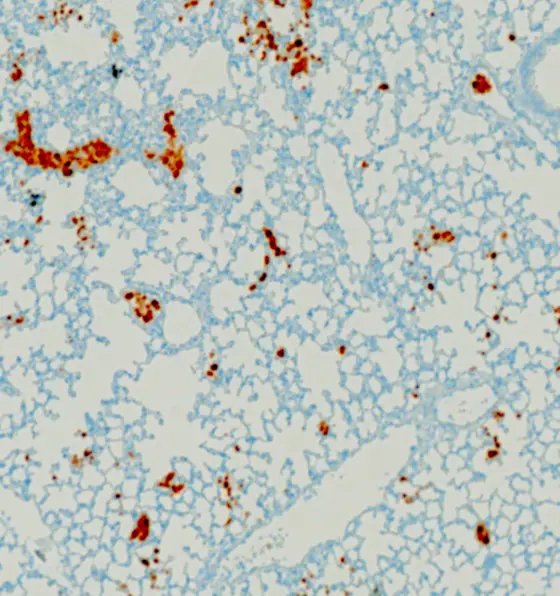Proteins containing the element selenium are essential for human survival: they help to break down harmful substances, support the immune system and play an important role in metabolic processes. However, they can also have undesirable effects – for example, the protein glutathione peroxidase 4 (GPX4) protects cancer cells from cell death.
“This protective function of GPX4 poses a major challenge for standard cancer therapies because it promotes the survival of cancer cells despite the drugs administration,“ explains Pedro Friedmann Angeli from the Julius-Maximilians-Universität Würzburg. “Conversely, this means that if we succeed in inhibiting the production of GPX4, we may be able to attack and destroy cancer cells in a more targeted manner. This is particularly promising for the treatment of neuroblastoma, which mainly affects children.“
Making cancer cells more vulnerable
The research team from Würzburg, Heidelberg and Sao Paolo has therefore focused on inhibiting enzymes that promote the production of selenoproteins. So far, it was only known that selenocysteine lyase (SCLY) performs this function. However, the researchers have now been able to identify another enzyme that helps to maintain the production of selenoproteins when SCLY is not present: peroxiredoxin 6, or PRDX6 for short.“
Using techniques such as mass spectrometry and CRISPR-Cas9-based genomics, the research team discovered that PRXD6 binds directly to selenium and transports the trace element – similar to a shuttle – for further protein production. In the study, the researchers were able to show that the inhibition of PRXD6 could be beneficial in the treatment of neuroblastoma.
“Combining standard-of-care treatments for pediatric cancers with regulators of selenocysteine metabolism – particularly involving the newly discovered protein PRDX6 – holds significant promise as a therapeutic strategy,“ says Hamed Alborzinia, DKFZ an HI-STEM, one of the senior authors of the publication
Next steps in cancer research
Another finding: although PRXD6 can help cells survive in the absence of SCLY, it does not show the same high enzymatic activity. The researchers now want to find out which additional proteins work with PRXD6 to perform the required enzymatic role of SCLY. They also plan to develop molecular inhibitors that target both SCLY and PRXD6 to more effectively restrict cancer cell growth.
*The Heidelberg Institute for Stem Cell Technology and Experimental Medicine (HI-STEM) gGmbH was founded in 2008 as a public-private partnership between the DKFZ and the Dietmar Hopp Foundation.
Zhiyi Chen et al.: PRDX6 contributes to selenocysteine metabolism and ferroptosis resistance.
Mol. Cell 2024, DOI: 10.1101/2024.06.04.597364



